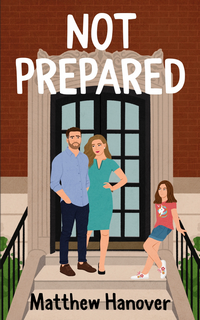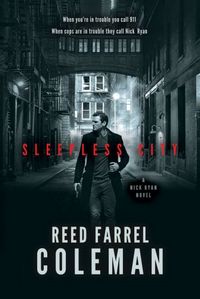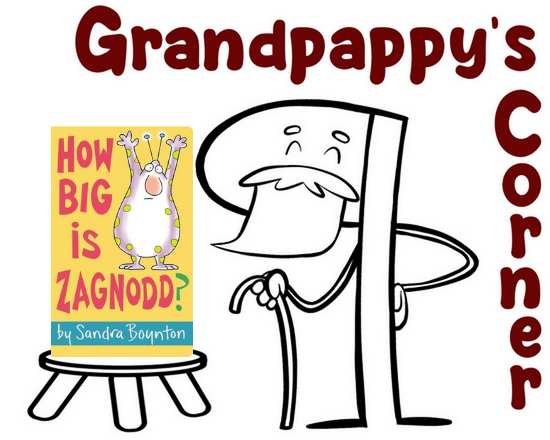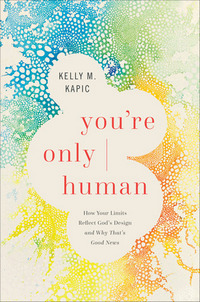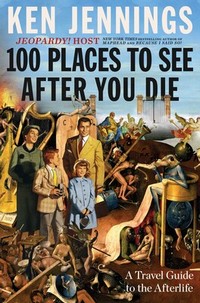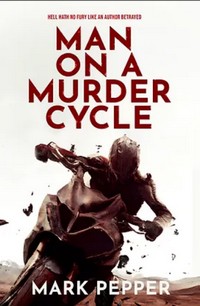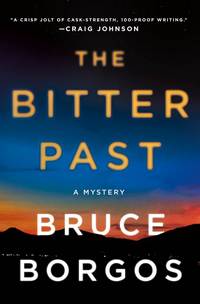 The Bitter Past
The Bitter Past
by Bruce Borgos
DETAILS: Series: Porter Beck, #1 Publisher: Minotaur Books Publication Date: July 18, 2023 Format: eARC Length: 320 pg. Read Date: July 5-6, 2023

What’s The Bitter Past About?
Porter Beck is the Sheriff of Lincoln County, Nevada. We meet him as he and his deputies are looking at a horrific crime scene. A retired FBI Agent has been tortured and killed, and Beck and his crew are clueless as to why.
Well, that’s not entirely true—Beck has an idea, but he needs the autopsy results before he starts to act on it. Before he came back home and became Sheriff, Beck was in Army Intelligence and recognizes signs of a Russian Foreign Intelligence Service operation. An FBI Agent has been sent to look into the case and works alongside the Sheriff’s department, Beck confronts Special Agent Sana Locke about this and she comes clean.
The dead agent had spent decades trying to find a Russian agent who had infiltrated US nuclear tests in the 1950s, and there’s a reason to think that the Russians have come to find that agent for themselves. It’s up to Beck and Agent Locke to stop them.
The only way I can sense to talk about this book is to focus on each timeline/storyline separately.
The Present
We spend a lot of time getting to know Beck and his deputies—a colorful and interesting batch that I hope we get to spend a lot more time with in the years to come. We also get to know Beck’s father—the former Sheriff, now battling dementia—and his adoptive sister, a firearms expert and instructor (who could probably be the protagonist in a series of her own).
In addition to trying to find either the killer or the agent the killer was looking for (in order to find the killer), they have to deal with a missing woman from an FLDS compound.
Both active cases stretch the small department to the limits—it’s a large county (roughly the same area as Maryland)—and tensions within the department staff start to build as they do their best to cover routine duties as well as pursue (and generate) leads.
We don’t get to me a lot of non-law enforcement residents of Lincoln County, I assume that’ll change in future books—but those that we do tell me that I want to meet more of them.
The Past
In the mid-to-late 1950s* the US conducted several tests of nuclear weapons in the desert of Lincoln County. Our Russian Agent, Lt. Georgiy Dudko of the KGB, had spent a long time preparing to come to America and pass himself off as an American citizen**. Once here, he got hired on as a security guard on the base that conducted the testing and started gathering information for Moscow as worked his way into better and better positions on base.
* and maybe later, too—I’m not sure of the history off the top of my head, and it’s beyond the scope of this post to get into that.
** Think of the FX show The Americans but Georgiy never got to wear any of the impossibly great wigs. Poor guy.
Georgiy never lost sight of his mission—but at some point questioned some of his orders. He thought they damaged his overall mission and he had other moral/ethical concerns that I really can’t get into. But this led to the Present-time story, so the reader is able to start putting the pieces together right away.
This is largely background material, but that doesn’t keep Borgos from keeping it as gripping as if it’s the only story in the novel. Early in this story, I saw it as background and was in a hurry to get back to Beck’s storyline. That ended quickly and I didn’t want to step away from Georgiy’s story—even once I knew pretty much how things had to go. And my notes say that a lot.
The Setting
Obviously, the setting of any book is vital to the overall novel—you can’t tell Elvis Cole or Harry Bosch stories outside of L.A. (with a couple of exceptions), Spenser and Kenzie & Gennaro need Boston, Walt Longmire and Joe Pickett have to have their stories in Wyoming—the geography, the character of their homes, and the history of the area shape and form the people, crimes, and type of stories you can tell.
The same is true here—these are stories that can only be told in this part of the world. The history of the area informs so much of this novel that it cannot be overstated—but the empty spaces, the long distances between neighbors, and the amount of territory Beck’s department is responsible for are just as important as that history. It’s a perfect combination of locale and subject.
So, what did I think about The Bitter Past?
I cannot believe that I haven’t been reading these books for years—I felt right at home with the characters almost instantly. I could feel the rapport between them—even between Beck and his rival deputy—as solidly as if this were the fifth book in the series.
I want to spend some time discussing a couple of the deputies at length, but I’ve gone on too long already. So I’ll just leave it by mentioning my favorite parts of the book. There are a couple of scenes of Beck and the deputies looking around crime scenes and dissecting them—each pointing out evidence and trying to build an explanation for what’s before them, what happened during the crime, etc. Yes, Beck’s the Sheriff and has the most experience, but it’s a true team effort, which is just a joy to watch. If Borgos gives me a couple of those in every book, I will be reading him for as long as it already feels like I have been.
That opening crime scene is grisly—I can’t think of anything worse since M. W. Craven’s The Puppet Show—and any reader is going to want to read about that killer being stopped.
Borgos puts enough wit and humor in both storylines to keep things from getting too bogged down in blood and intrigue (and nuclear fallout), the characters are all the kind you want to spend more time with (even the Russian spy), and the cases are intriguing. The pacing is perfect—he keeps you turning pages and trying to guess at what’s coming next without keeping things at a breakneck speed, so you can enjoy the scenery and his well-put-together sentences.
I don’t know if Borgos will be able to structure another book like this—and I frankly don’t care. If all we get is Beck and his crew, I’m fine. If he does have another trick like this up his sleeve, I’m all for that, too.
I strongly recommend this book—particularly for fans of Craig Johnson and C.J. Box. This is the beginning of the next great Western Mystery series. I’d have ordered Book 2 already if the option existed, and I think I won’t be alone in that.
Disclaimer: I received this eARC from St. Martin’s Press via NetGalley in exchange for this post–thanks to both for this.

This post contains an affiliate link. If you purchase from it, I will get a small commission at no additional cost to you. As always, the opinions expressed are my own.
![]()



